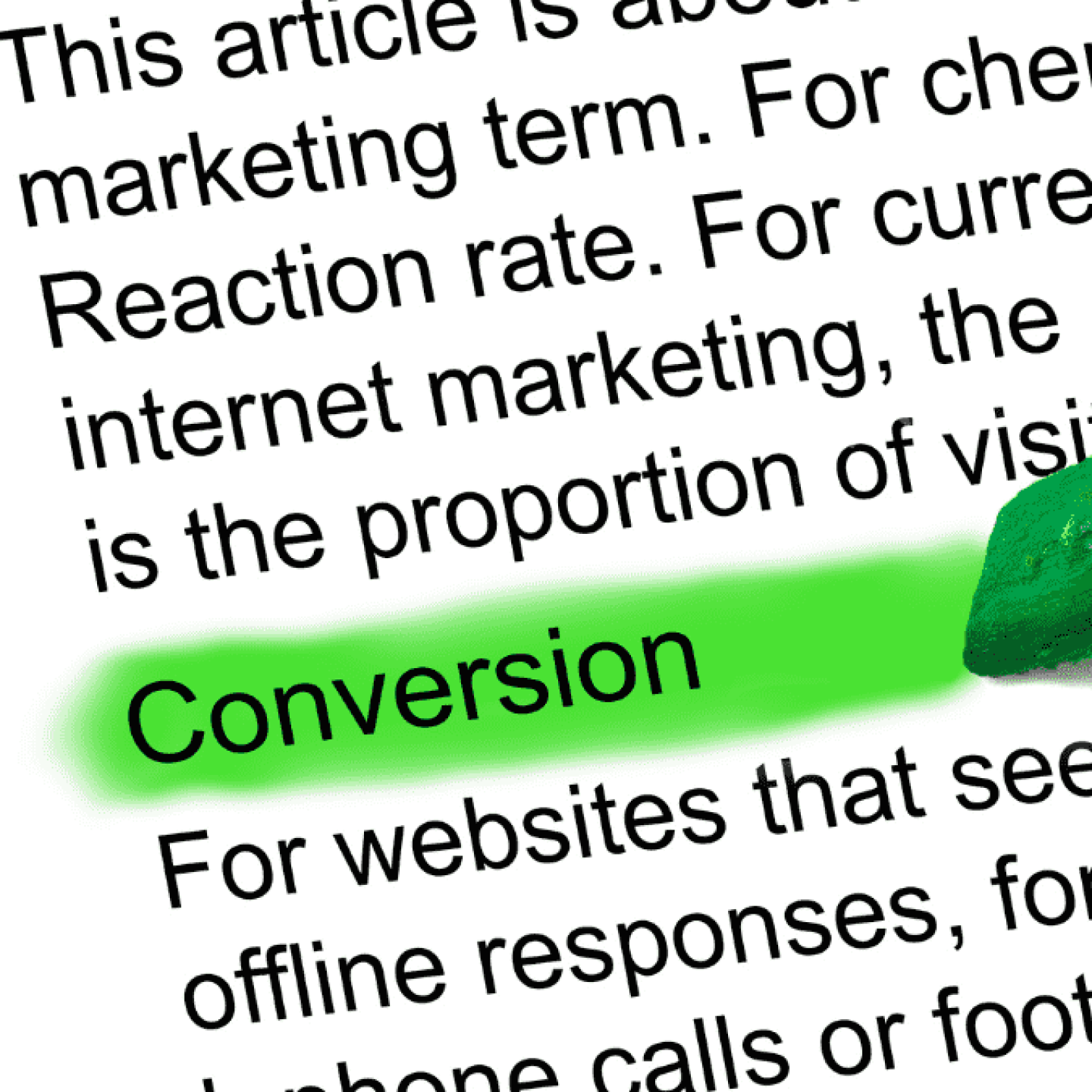
Our spy tools monitor millions of native ads from over 60+ countries and thousands of publishers.
Get StartedNative advertising integrates promotional content seamlessly with organic material, making it appear natural and engaging. This approach enhances user experience by offering relevant and non-disruptive messages, thereby increasing the likelihood of user interaction.
Key takeaway: Native advertising can be a highly effective strategy for driving conversions and sales. However, understanding its impact and how to measure it is crucial for maximizing its potential.
If you're interested in leveraging native advertising successfully, one way to do so is by unlocking 10 Years of Ad Success with These 4 Free Templates. This resource provides valuable insights into the intricacies of ad campaign management, garnered from running ads for a decade.
Moreover, to build winning native advertising campaigns today, it's essential to spy on profitable native ads in order to gain a competitive advantage and optimize your advertising spend. Anstrex offers a powerful platform that allows you to do just that.
Native ads are favored by marketers and advertisers due to their unique ability to integrate seamlessly with organic content. This blending allows for a more natural user experience, avoiding the disruptive nature of traditional ads.
Native advertising's effectiveness is evident in its ability to create engaging, trustworthy, and personalized marketing experiences that drive meaningful business results. Marketers have found native ads to be highly effective in achieving these goals, with the ability to generate positive engagement and deliver substantial ROI.
Understanding the significance of ROI measurement in native advertising campaigns is crucial for assessing their success. Without clear metrics, it becomes challenging to determine whether your investment in native ads is yielding positive results.
Tracking these metrics allows you to fine-tune your strategies, ensuring that your native advertising efforts are not just engaging but also financially rewarding.
Native advertising plays a crucial role in guiding users through different stages of the sales funnel, improving conversions and driving sales.
At the top of the funnel, native ads are excellent at generating brand awareness. They blend in seamlessly with organic content, catching user attention without being intrusive. For example, sponsored articles or videos that provide valuable information while subtly introducing your brand. This approach helps to build initial interest and consideration among potential customers.
In the middle of the funnel, native ads shift focus towards engagement. Interactive formats like quizzes, polls, or rich media elements can significantly boost user interaction. These ads not only engage but also offer personalized experiences, encouraging users to move closer to conversion. For instance, a native ad featuring a product demo video or an interactive infographic can effectively highlight unique selling points.
At the bottom of the funnel, native ads are designed to convert leads into paying customers. Persuasive offers such as exclusive discounts, limited-time promotions, or detailed product reviews embedded within relevant content can drive final purchase decisions. These ads often appear as sponsored recommendations or targeted email campaigns that resonate with users ready to make a purchase.
By using native advertising at each stage of the customer journey, businesses can significantly improve their ability to attract, engage, and convert potential customers into loyal buyers.
Native advertising has a significant impact on audience engagement and website performance. These ads are designed to blend in seamlessly with organic content, making them more appealing to users. They are effective in capturing audience interests through native storytelling, which is presenting promotional content in a narrative format.
Here's how native advertising can benefit your brand:
Native ads often feature visually appealing and relevant ad creatives that entice users to click. This relevance and appeal result in increased interactions compared to traditional display ads.
When users click on native ads, they are directed to landing pages that continue the seamless experience. These landing pages are crafted to match the look and feel of the original content, ensuring that visitors find the information they are seeking, thus improving the quality of website traffic.
Native ads reduce bounce rates by aligning ad content closely with user expectations. When users find what they are looking for, they are more likely to stay longer on the site. This increased time spent translates into better user experience metrics, ultimately supporting higher conversion rates.
By integrating native advertising into your marketing strategy, you create a more engaging and effective user journey that not only drives conversions but also enhances overall website performance.
Marketers often face specific challenges when using native advertising. Understanding these obstacles is crucial for making the most of native ads.
Native ads need to seamlessly blend in with regular content while still promoting something. This can be tricky because if the ads are too pushy, they might annoy users and make them think negatively about the brand. The key is to create ads that are valuable and relevant to the audience without being intrusive.
Transparency is important in native advertising to build trust with the audience. Clearly stating that an ad is sponsored content helps prevent any confusion. Following ethical practices in ad disclosure is not only required by regulations but also essential for maintaining long-term trust with consumers. If native ads are misleading or deceptive, it can harm the brand's reputation and make the entire campaign less effective.
To overcome these challenges, marketers should focus on designing ads that prioritize user experience and being transparent with their audience. It's also important to continuously test and improve native ad strategies to ensure they provide value while still maintaining user trust.
Implementing native advertising effectively requires adherence to certain best practices. By aligning your strategies with these guidelines, you can maximize conversions and sales.
Adopting these best practices ensures your native advertising efforts are not only effective but also resonate deeply with your target audience.
Native advertising is constantly changing and will play a crucial role in the future of digital marketing. As more people use ad-blockers, traditional display ads struggle to get attention. Native ads offer a solution by blending in seamlessly with organic content, making them almost indistinguishable from regular material.
To stay ahead, marketers need to fully embrace native advertising for long-term success. The future is all about:
These trends ensure that native ads are not only relevant but also interesting to the audience.
By embracing these trends, you can ensure that native advertising remains a powerful tool in your marketing strategy.
Using native advertising can have a positive impact on your business. This approach combines well with regular content, capturing the attention of your audience while promoting products in a natural way. Keeping up with industry trends and understanding what your customers want is key to running successful native ad campaigns.
Make native advertising an essential part of your online marketing strategy to achieve long-term success in a constantly changing market.
Receive top converting landing pages in your inbox every week from us.
How-To
Native ads can do more than drive clicks—they can build long-term brand loyalty. Learn how to use authentic storytelling, strategic placement, and audience targeting to strengthen trust during year-end campaigns. Discover how subtle, value-driven messaging keeps customers engaged beyond the holidays. Ideal for marketers aiming to turn seasonal buyers into loyal brand advocates.
Marcus Chen
7 minDec 15, 2025
Must Read
As third-party cookies fade away, contextual targeting is making a powerful comeback. Learn how to leverage native ads that align with user intent and content relevance to maintain high engagement and conversions. Discover modern tools and tactics that make cookie-free targeting both precise and scalable. Ideal for advertisers seeking privacy-friendly ways to drive performance in 2025 and beyond.
Liam O’Connor
7 minDec 9, 2025
Recently Updated
Native ads can make or break your holiday marketing success. Explore how to evaluate your recent campaigns and identify what worked—or what fell short—with native advertising. Learn key optimization tactics to boost engagement, strengthen audience trust, and increase conversions in future promotions. Ideal for marketers aiming to refine their ad strategies after the holiday rush.
Elena Morales
7 minDec 1, 2025




